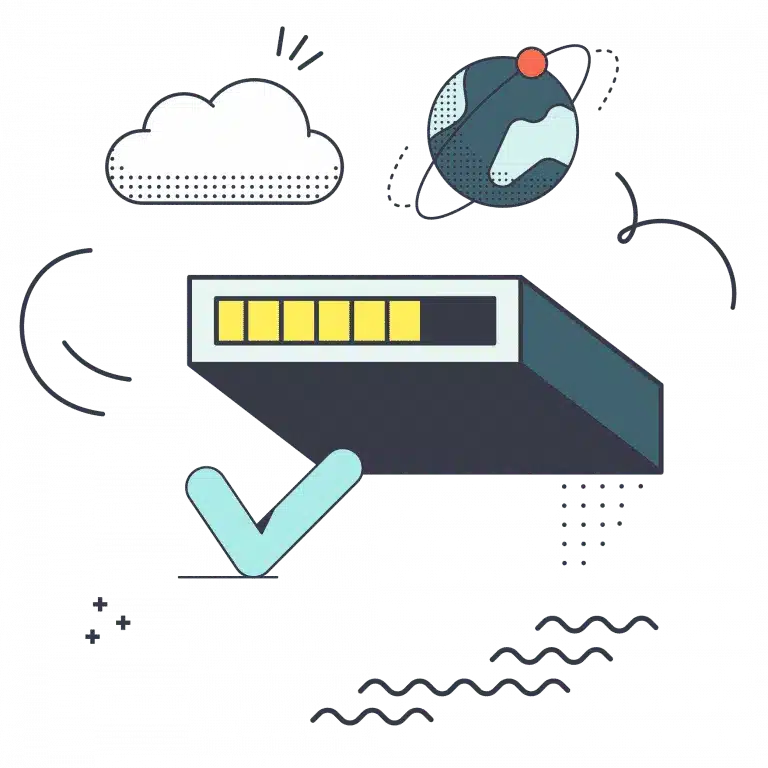
Code Signing Certificates
Protect employees and customers from compromised software and malicious attacks.
Providing Trust in the digital age
Today, all software is downloaded online, and the risk that code has been compromised or tampered with is real. A Code Signing Certificate plays a crucial role in providing trust and giving users the confidence that the software they are downloading is genuine and comes from a trusted source

Trusted Digital Signature
Code Signing is the process of digitally signing applications and scripts to confirm authorship and integrity.
Key benefits
Supports all major platforms
Including Microsoft, Adobe, Apple, Java, Mozilla and, Android
Advanced Code Signing
Get EV Code Signing Certificates
Bypass browser and OS warnings
Distribute software and
applications successfully over the internet
Top-Rated Tech. Support
Unlimited technical customer support included
Timestamp enabled
Continue operation even after the Code Signing certificate has expired
Instant reputation
Remove scary warning messages for end users
Compare Code Signing Certificates
| Type | Most Popular EV Code Signing | Standard Code Signing |
|---|---|---|
| Encrypted digital signature | ||
| Requires a rigorous extended validation of the organization | – | |
| Immediate reputation with Microsoft SmartScreen | – | |
| Requires two-factor authentication using a hardware token | – | |
| Private key storage options | HSM (included) | HSM (optional) |
| Pricing | Contact Us | Contact Us |
Code Signing Features
Most Popular
EV Code Signing
Standard Code Signing
Encrypted digital signature
Requires a rigorous extended validation of the organization
–
Immediate reputation with Microsoft SmartScreen
–
Requires two-factor authentication using a hardware token
–
Private key storage options
HSM (included)
HSM (optional)
Pricing
FAQ – Code Signing Certificates
What is a code signing certificate? 
A code signing certificate is a digital certificate that is used to authenticate the identity of the software publisher and to provide integrity for the software code. Learn more about code signing here.
How does Code Signing work? 
Generally, A Code Signing Certificate is built on the term “Public Key Infrastructure” (PKI) like SSL certificates, which includes a public key and a private key. A Private Key is used to sign the data, and the use of a public key is to confirm the sign of the data.
With the sign of software code, you can timestamp your code to avoid annoying expiry of the digital certificate. Users can trust signed software and they can download it easily, also increases reliability among software users.
A Code Signing software is useful to sign content like software objects, configuration files, manual, virus updates, device drivers, and similar.
What Code Signing looks like?
If you’ve ever seen that little popup that comes up when you try to run a program you’ve downloaded, the one that lists who the publisher is and asks “Are you sure you want to run this application?” then you have seen code signing in action.
That dialogue box is telling you that it really is a software patch for your PC or your Mac and that it’s still in the same condition it was when they signed it.
How does a code signing certificate work?
A code signing certificate is used to digitally sign a software application. The digital signature provides validation that the software has not been altered and confirms the identity of the publisher.
Why is code signing important?
Code signing is important because it helps protect users by ensuring that the software they download and install has not been tampered with and is from a trusted publisher.
Do you still have questions about Code Signing Certifcates?
Check out our FAQ regarding Code Signing certificates, or take a look at our knowledge base articles: Trustzone – Code Signing Guides.





